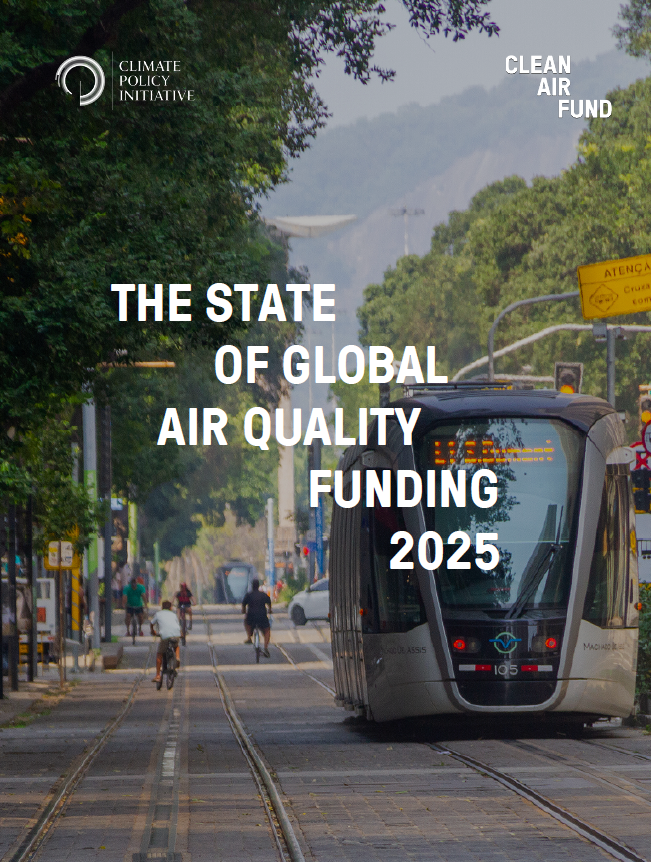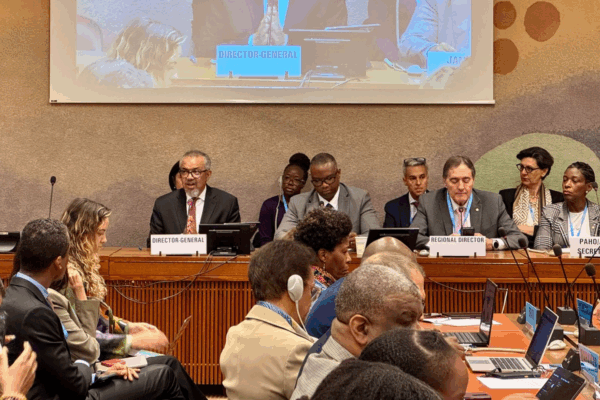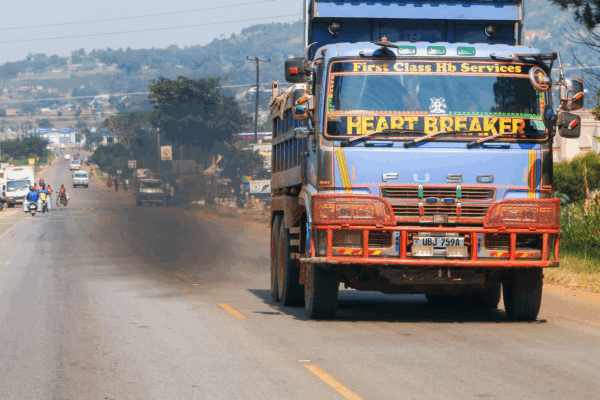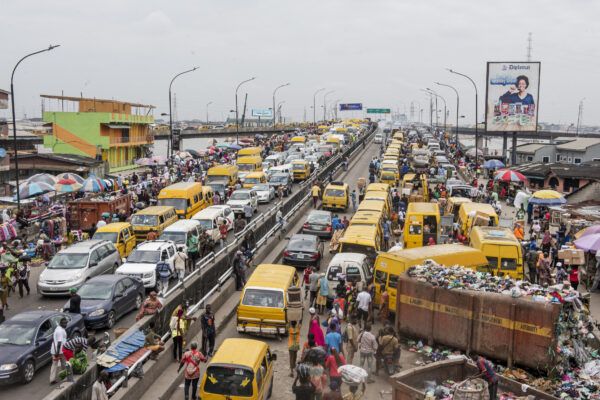Asia gets most funding for clean air
Asia receives the most global air quality funding of all regions, with 58% of total flows directed to South Asia, East Asia and the Pacific, and Central Asia and Eastern Europe. South Asia became the top regional recipient in 2023, gaining $4.9 billion in new funding, while East Asia and the Pacific saw a $1.7 billion decline. Nine of the top ten recipient countries of outdoor clean air finance between 2019 and 2023 are also in Asia.
Funding is unevenly distributed
Funding is highly concentrated in three countries: Philippines, Bangladesh, and China received 65% of all outdoor air quality funding between 2019 and 2023. But many of the most polluted countries remain underfunded. Pakistan and Nepal, two of the five most polluted countries, got less than $1 per capita in air quality funding.
Some of the region’s most polluted countries receive more support for fossil fuel-prolonging projects than air quality finance. Bangladesh is a striking case: in 2023, it received $1.1 billion more in support for fossil fuel-prolonging projects, than in total air quality funding. This is despite having the world’s highest annual particulate matter concentrations the year before.
Asian funders lead, despite fossil fuels still attracting investment
The investment in Asia’s clean air is driven by large-scale, multi-year investments, particularly in transport and urban infrastructure. The Asian Development Bank (ADB) and Japan International Cooperation Agency (JICA) together provided two-thirds of global outdoor air quality funding from 2019–2023.
But there is a contradiction in some funders’ investment portfolios. JICA, for example, while ranking among the top funders of air quality projects, has channelled substantial sums into fossil fuel-prolonging projects — including Bangladesh’s Matarbari coal power project and a major oil refinery upgrade in Iraq. This highlights the core challenge: institutions making major contributions to clean air are, at the same time, financing major fossil fuel-prolonging projects that risk cancelling some of those very gains.
Asia is at the centre of the clean air story. Its development banks and agencies are some of the biggest players in international finance, and countries across the region are working to tackle pollution. But the contradictions are clear: some of the same countries and institutions making major investments in clean air are also receiving or providing billions for fossil fuel projects, which cancels out the gains.
Shirish Sinha, Executive Director of Programmes at Clean Air Fund
Case study: The World Bank’s regional approach
The World Bank’s regional airshed approach to the Indo-Gangetic Plain and Himalayan Foothills
Air pollution is an acute regional challenge in South Asia. In many major cities, more than 50% of air pollution comes from transboundary sources, carried by prevailing wind patterns. This is particularly prominent in the Indo-Gangetic Plain and Himalayan Foothills (IGP-HF), where air pollution originates from a variety of sectors that fall under different ministries and departments across the five IGP-HF countries (India, Nepal, Bangladesh, Pakistan and Bhutan). These sectors are also major sources of black carbon emissions, which directly impact ice loss and glacier melt across the Himalayas and Tibetan Plateau (among several other vulnerable cryosphere regions). With almost one billion people depending on glacier-fed rivers in South Asia, reducing black carbon emissions is a major, but underutilised, opportunity for climate and health gains.
To address this, the World Bank is providing catalytic financing focused on the institutional capabilities and systems to address air quality by working with governments and various stakeholders. Other donors include: the UK Foreign, Commonwealth and Development Office through the Resilient Asia Program (RAP);lxxxi the Swiss Development Cooperation – also through RAP, including recipient-executed grants for Nepal and India (Haryana); and Open Philanthropy via the International Bank for Reconstruction and Development (IBRD). Priority actions include:
Assisting IGP-HF states and countries to design and finance foundational air quality management programmes;
- Mobilising concessional finance for public good benefits through incremental donor funds and direct co-financing from other bilateral or multilateral development finance institutions; and
- Providing technical advisory support for evidence-based airshed management and IGP-HF airshed cooperation.
Initial progress includes the approval of the Uttar Pradesh Clean Air Management Authority, a special purpose vehicle established to execute the Uttar Pradesh Clean Air Management Project (UPCAMP). Within UPCAMP, the government of Uttar Pradesh has established its own clean air plan, making it the first Indian state to do so. An equivalent programme has also been set up in Haryana. This programme is an example of how multi-donor, cross-sectoral and regional approaches can reduce air pollution, particularly where the problem is transboundary. The World Bank’s flagship report Strive for Clean Air: Air Pollution and Public Health in South Asia found that coordinated regional action can be 45% less expensive than uncoordinated, ad hoc measures.
The World Bank South Asia Region and the International Centre for Integrated Mountain Development are hosting a series of key science policy dialogues to promote regional collaboration on air quality planning across the wider airshed of the IGP-HF region. Convening government representatives, scientists and development and financing partners, the dialogues have recognised the need for an approach based on scientific targets, common methodologies and regional coordination of policy assessment. These sentiments are supported by the Thimphu Outcome reached at the most recent dialogue, which aims to establish technical committees and working groups, share scientific knowledge and information, leverage funding in key sectors to reduce pollution, and continue to share capacity with relevant air quality agencies in the region.
Recommendations
What can funders do to start investing in clean air to maximise their efforts? See our actions for governments and DFIs.



